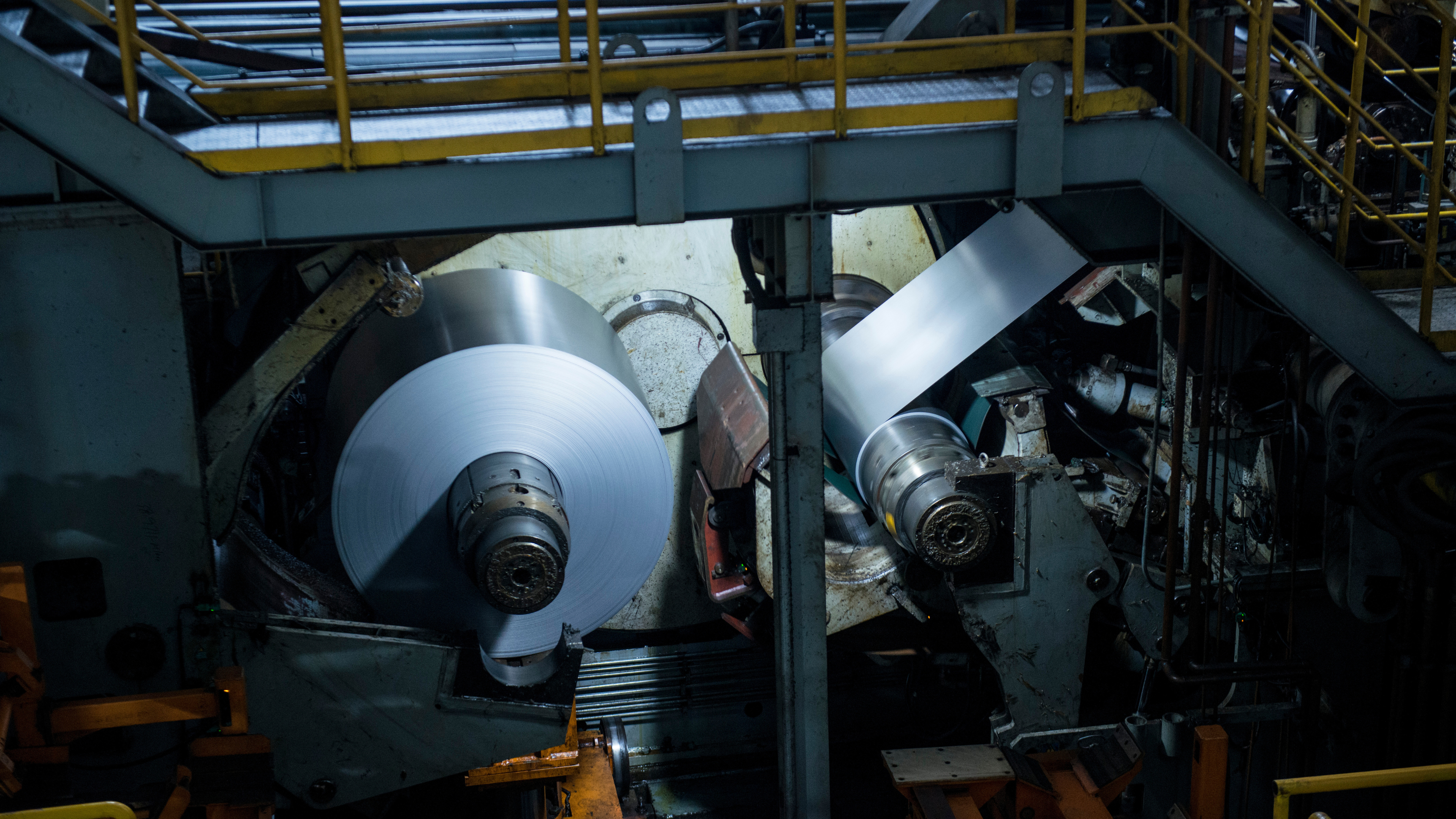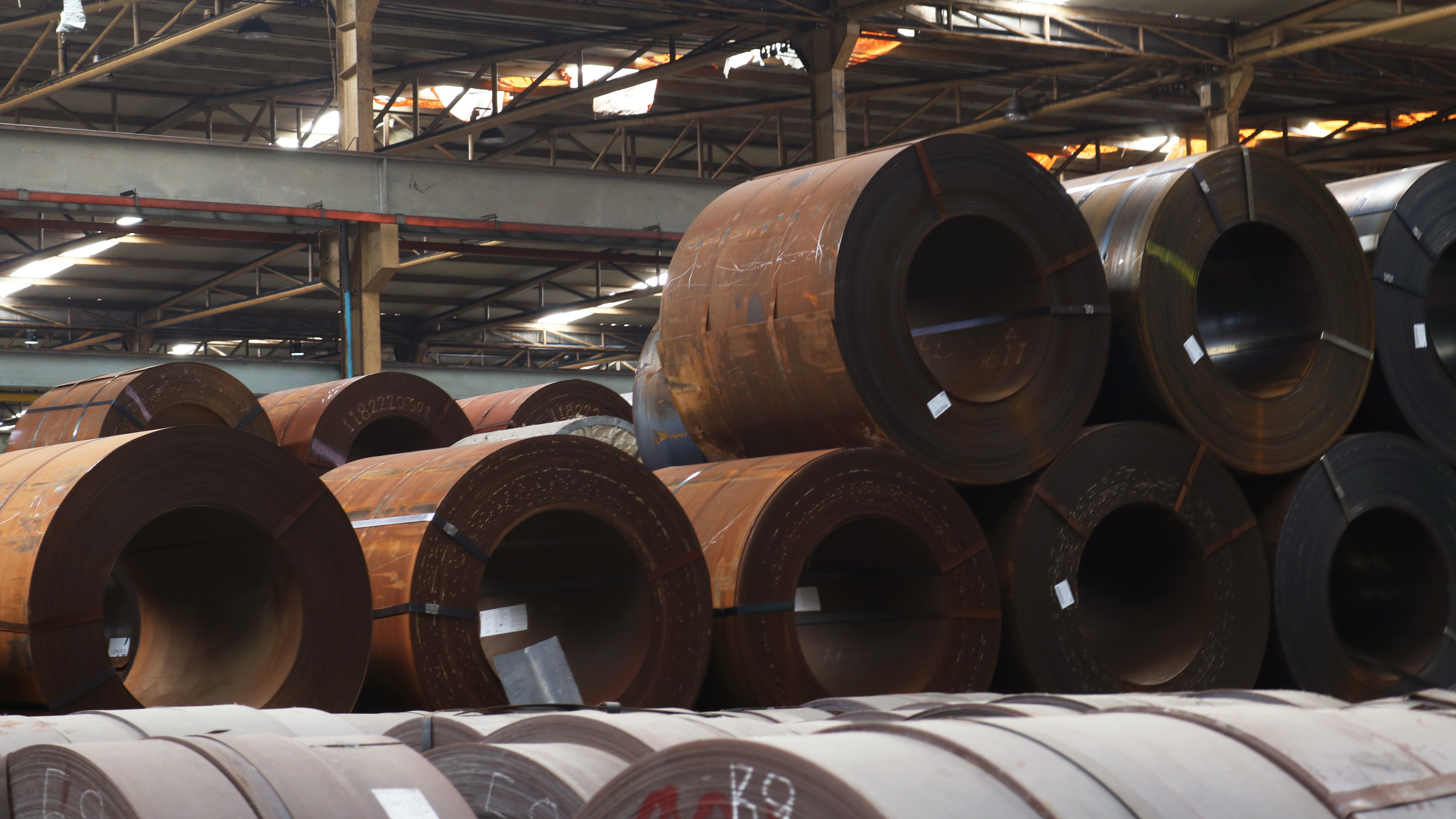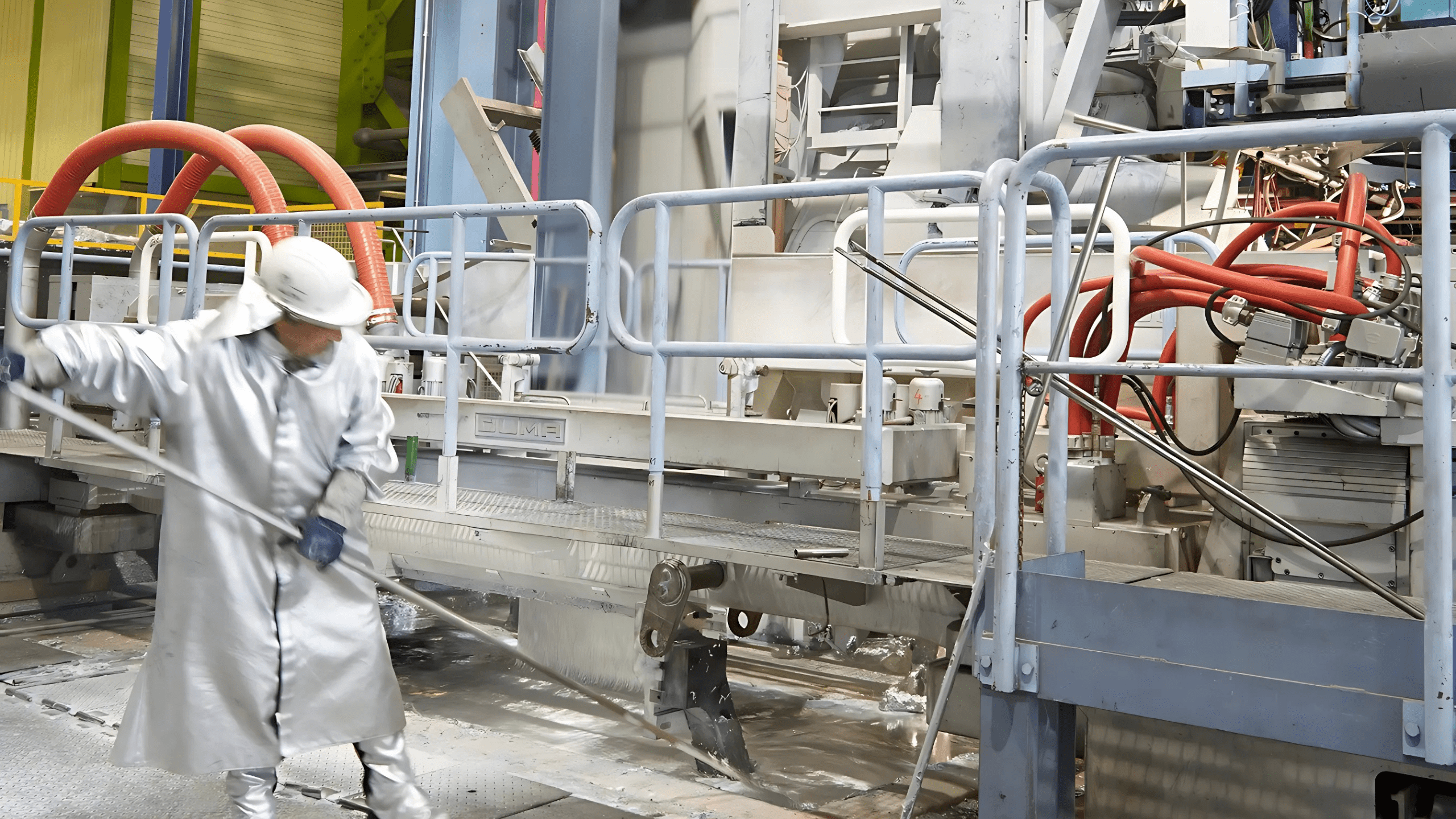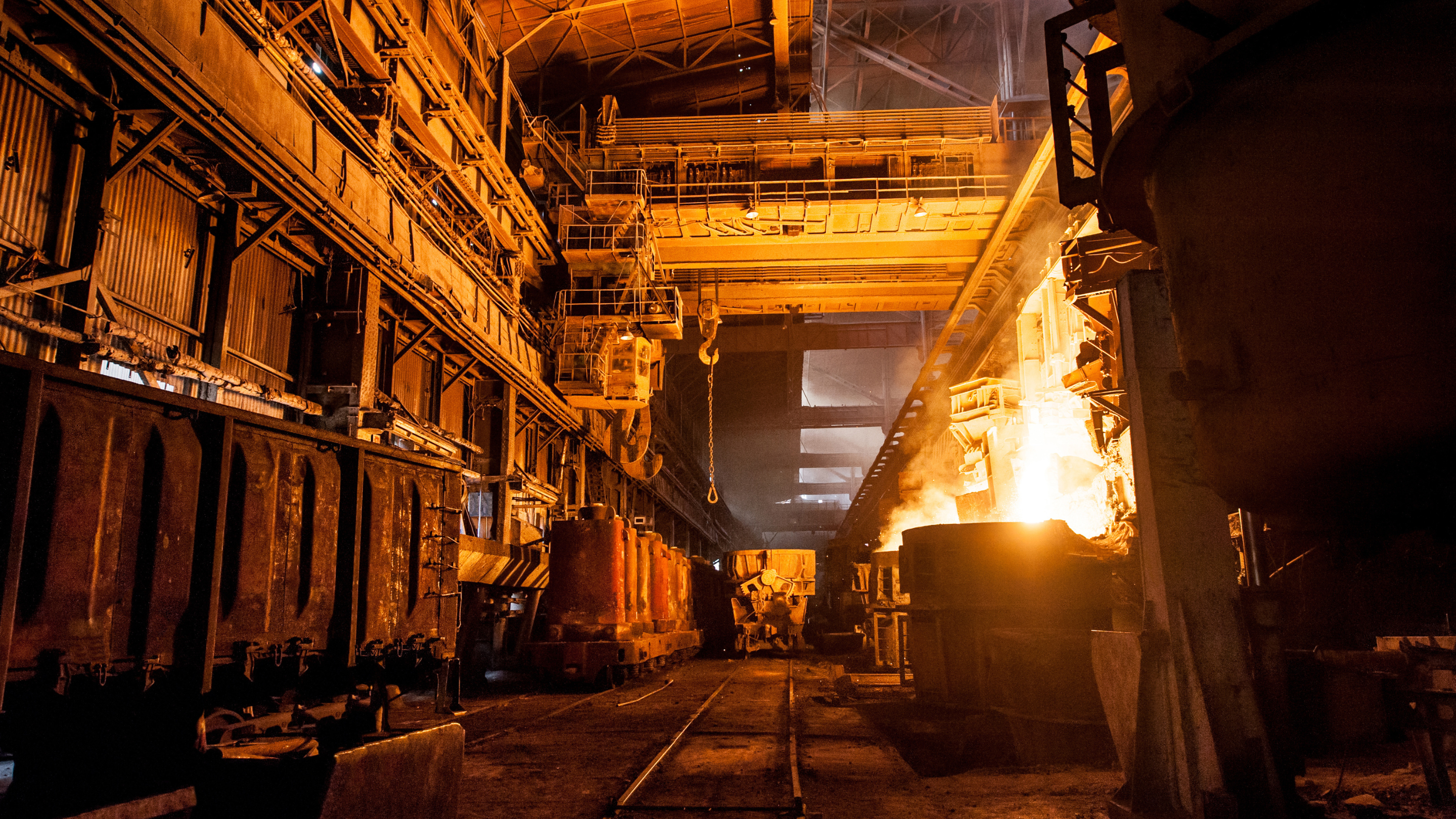Key Takeaways
- Problem: A stainless steel producer in Southeast Asia faced quality issues due to non-optimised chemical compositions, leading to frequent casting defects.
- Challenge: Needed to optimise chemical composition to ensure consistent product quality.
- Solution: Adjusted desulphurisation and decarburisation steps and proposed SOP modifications for better chemical control.
- Improvements: Reduced steel sulphur content, controlled hydrogen levels, and developed a nitrogen injection model.
- Impact: 13% reduction in MoO₃ consumption ($7,000 saved per heat), elimination of nozzle mushroom defects, and improved casting outcomes.
Optimising AOD Chemical Composition.Optimising AOD Chemical Composition.Optimising AOD Chemical Composition.Optimising AOD Chemical Composition.
Saved per heat through 13% MoO₃ reduction and silicon optimisation
Overview
A stainless steel producer in Southeast Asia faced product quality issues due to non-optimised chemical compositions in the final melt of duplex stainless steel grades S32205 and S32101. These sub-optimal compositions were causing frequent casting defects and compromising overall quality during production.
These sub-optimal compositions were causing frequent casting defects and compromising overall quality during production.
Challenge
The key challenge was optimising the chemical composition to reduce defects ensuring consistent product quality.
Solution
- Adjusted desulphurisation and decarburization steps in the AOD converter.
- Proposed SOP modifications to adjust chemical additions in alignment with best practices.
Results
Desulphurisation Process Adjustments: Optimized CaO and CaF2 reduced steel sulphur from 15 to 7-8 ppm, improving casting outcomes.
Nitrogen Injection Model: A custom model was created for Steel Hub’s target composition, adjusting blowout ratios for duplex grades.
Hydrogen Content Control: Controlled tapping procedure ensured an inert environment, reducing hydrogen content below 5 ppm.
MoO₃ Consumption: A 13% reduction in consumption saved $7,000 per heat by adjusting MoO₃ and optimizing silicon content.
Elimination of Nozzle Mushroom Defects: Modified oxygen injection to remelt the mushroom defect, improving production precision and operational efficiency.
Optimising AOD Success Story. Optimising AOD Success Story. Optimising AOD Success Story. Optimising AOD Success Story.Optimising AOD Success Story.









